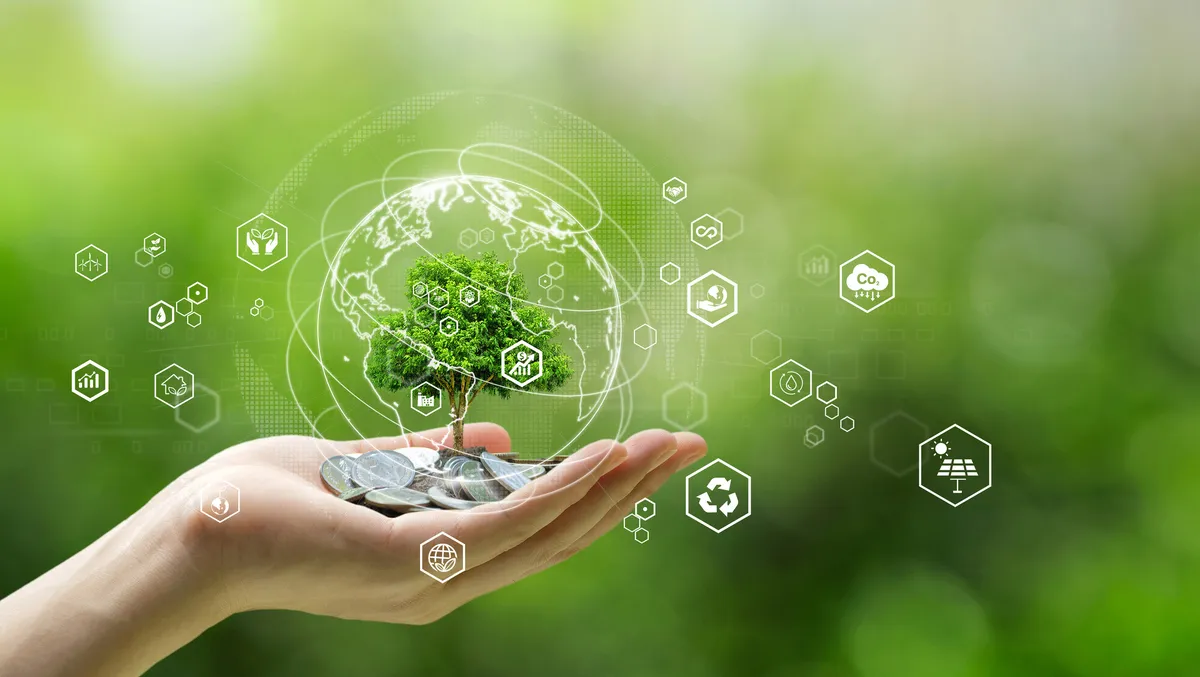
Cisco unveils new environmental sustainability strategy
Cisco, a global technology and networking solutions provider, has announced the launch of the "Plan for Possible," an ambitious and comprehensive environmental sustainability strategy that aims to build a regenerative future.
This year is on track to being the hottest year on record. There is a critical need to limit the temperature rise to no more than 1.5 Celsius to avoid catastrophic changes to the climate. Hence, the world needs a sustainable future: one in which humans can phase out reliance on fossil fuels, address a century's pollution, and provide economic opportunity to communities worldwide.
Acknowledging these pressing issues, Cisco aims to go beyond the "doing no harm" approach and build a holistic strategy for environmental sustainability. The "plan for possible" includes how the company operates its business, how it engages with suppliers, and how it helps customers and communities reduce their environmental impacts and adapt to a changing world.
"The world is connected, but we're suffering from new forms of disconnection: from each other and our health, and from the health of the planet. Fortunately, technology can help us rethink operating and business models in ways that are digital and low carbon, but also improve individual wellbeing and create opportunities for communities," says Mary de Wysocki, chief sustainability officer at Cisco.
"With Cisco technology, we are helping power the world with affordable clean energy through digitizing smart grids and smart buildings, we are designing out waste by re-building products from used ones, and we are using the Internet of Things (IoT) to protect the world's biodiversity."
For Cisco, priority one is to transition to clean energy.
To power the world with renewables, the grid requires updated digital infrastructure to connect diverse, decentralized clean energy sources. But even as the world electrifies, there is a need to simultaneously reduce the amount of energy used by a connected economy. As a part of this priority, Cisco has set a goal to reach Net Zero across its value chain by 2040, including its suppliers and our customers' energy use.
The company is tackling this with leading energy efficiency innovation, connecting clean energy, digitizing the grid and collaborating with customers, partners, and suppliers to accelerate the energy transition. With connectivity at the heart of digitalization, Cisco is uniquely positioned to equip businesses with technology solutions that help them achieve their sustainability goals. This includes the Silicon One chip, Cisco's networking device for AI processing, which reduces energy consumption while increasing bandwidth, and Universal Power Over Ethernet (PoE) to optimize energy use for smart buildings. Cisco is also helping its supply chain set GHG reduction targets.
The number two priority for Cisco is to evolve the business to circular.
Cisco aims to transform its business to extend the useful life of its products and provide ongoing services. It aims to do so by adopting and scaling its business models to extend the product value and reduce environmental impacts, investing in technology incubation to be at pace with environmental science, and championing a digital, nature-positive value chain.
The company is on track to incorporate circular design principles into 100 per cent of new products and packaging by 2025. Also, it launched several programs that enable circularity in its value chain:
The Cisco Takeback and Reuse Program lets customers return hardware that has reached end-of-use at no cost.
Green Pay, a circular IT payment solution that eliminates upfront hardware acquisition costs, offers predictable five-year payments and an incentive of 5 per cent. As part of this program, Cisco recovers products free of charge, so these can be reused or recycled.
Re-manufacturing devices through Cisco Refresh to give them a new life for our business and planet.
The third priority for the company is to invest in resilient ecosystems.
Recognizing the importance of resilient ecosystems and investing in regenerative solutions, Cisco sets its third priority on enabling communities to adapt to climate realities, cultivating talent for the regenerative economy, and deploying technology to protect and restore ecosystems.
In 2021, the Cisco Foundation committed US$100 million in investment over ten years in climate solutions that already draw down the carbon in the atmosphere and help regenerate depleted ecosystems.
Cisco's strategic priorities are underpinned by strong governance, embedding sustainability into its operations to maintain alignment with scientific advancements.
"Sustainability has become a top priority on many ASEAN government's agendas, such as the launch of the Singapore Green Plan 2030, Singapore's whole-of-nation sustainability movement which has set bold targets across areas like greener infrastructure and buildings and making sustainability a new engine for jobs and growth. As organizations in Singapore and across the ASEAN region accelerate their digital transformation journey, investments in technology offer them an opportunity to make a transition that is both digital and sustainable," notes Bee Kheng Tay, president of Cisco for ASEAN.
"As a trusted technology partner to businesses across the region, we are committed to innovating with our customers' sustainability goals in mind, and helping businesses make choices with an eye toward a more sustainable future."


